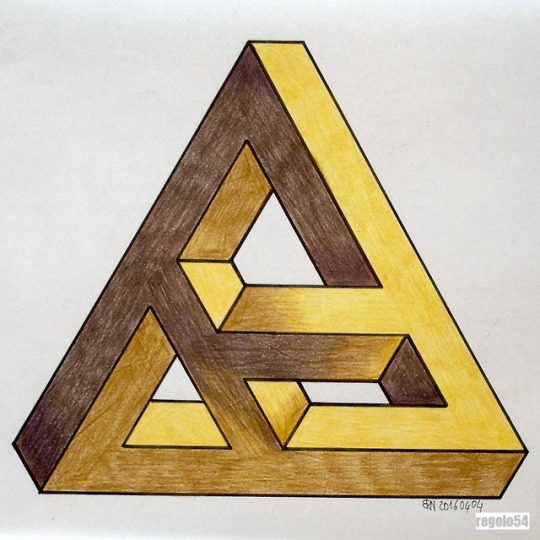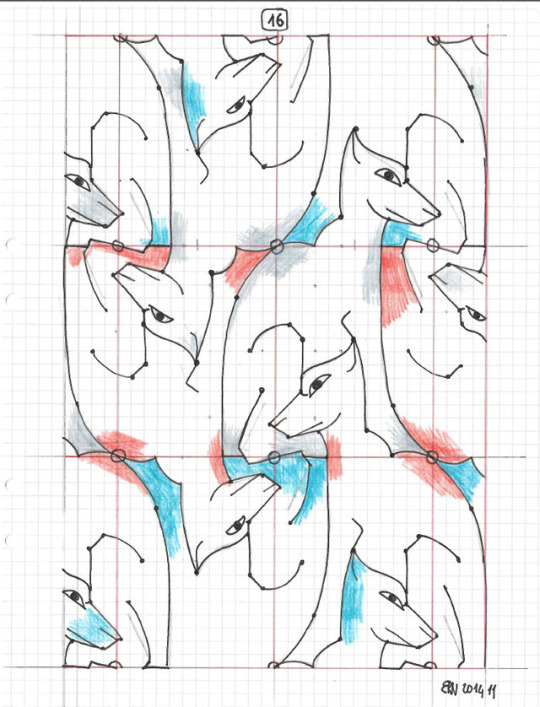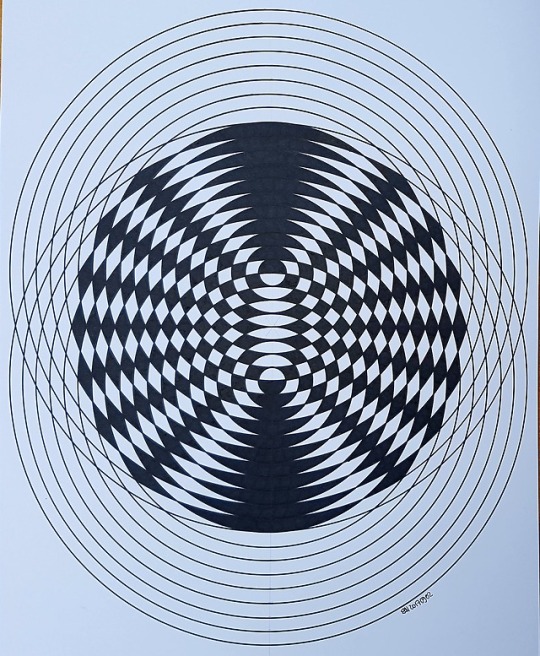Text
A Straight Path or an Open Field?
Would you rather walk down a straight path, an open field, or something in between? In retrospect, I’ve preferred non-linear gameplay since before I knew what that meant. My feeling on this dates back to playing MS-DOS games (remember those?) in the 90’s, in which I would inevitably get stuck on some level of a platformer and never be able to move forward in the game, leaving me feeling frustrated and helpless. The first time I played a game that actually allowed some level of exploration, I fell in love with puzzle adventures. The game was Syberia, a point-and-click with a female protagonist and a strong narrative that wove the puzzles seamlessly together. Of course this was not an “open-world” game but it did allow one to complete a certain number of tasks in no particular order before moving forward to the next area. The best part about this style of design, and the biggest reason I prefer non-linear gameplay, is that it allows players a better chance of figuring things out on their own.
I would be remiss not to mention The Witness as an exemplar of this type of play. The Witness has no verbal or written instructions, and while it does start by leading you through what is essentially a tutorial, it quickly lets go of your hand and allows you to roam free about the island, but not before confronting you with a very complex puzzle that promptly causes you to realize you don’t yet have the information to solve it.
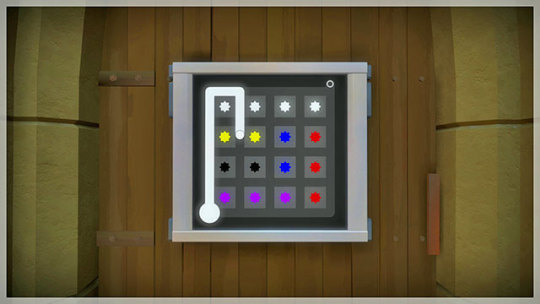
(If you haven’t played this game yet, I don’t know what you’re waiting for.)
This is brilliant and immediately teaches you a valuable lesson: if you can’t solve it now, come back to it later - something I did dozens of times throughout the game when I got stuck. Having that freedom resulted in my never having to resort to a walkthrough, because more often that not, walking away and solving some other puzzles would illuminate something I was missing and allow me look at the same problem with fresh eyes.
That is not to say that open worlds are the ideal, and they can often be overwhelming when there are too many options. In a tabletop game that contains a lot of components that may or may not need to be combined with other components, it’s helpful to know a place to start. This is where gating comes in.
Gating
Gating is a way for a designer to prevent players from moving forward in the game until a certain task is complete, just like when you need to find a code to open a door in an escape room to move forward into the next area - a literal gate. A linear game looks something like the drawing on the left, and a non-linear game structure might look something like the one on the right.
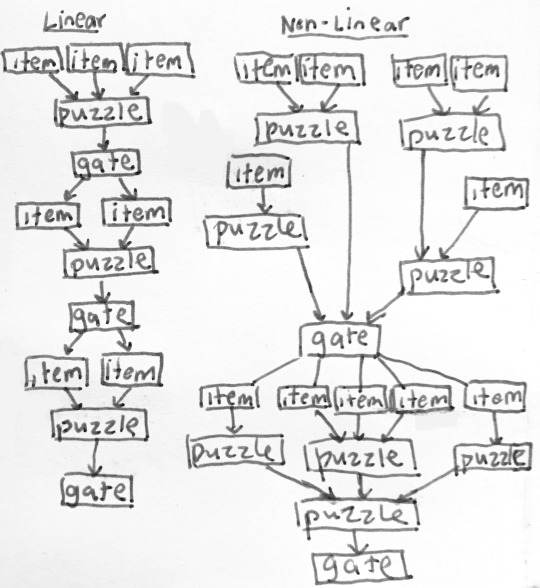
I find it is a helpful practice to draw a flow chart when working on a game. It allows you to clearly visualize the structure and see where you may need to make adjustments if there is too little or too much happening at once.
What are some ways to create gating in tabletop games, when you can’t confront a player with a literal door?
Putting some items in a locked box you need to open (example: Escape the Room: The Werewolf Experiment)
Dividing the entire game into distinct chapters (example: The Tale of Ord)
Dividing items between envelopes that can be opened after a certain passcode is found (example: ThinkFun’s Mystery at Stargazer’s Manor)
Having a deck of cards in which new cards are only revealed when prompted (example: Exit: The Game series, Unlock! series)
Entering a code into a digital app or website to prompt your next actions (example: Escape the Crate, Unlock!)
Having password-protected areas on an in-game website that contain information to move forward (example: The Tale of Ord, Dispatch’s On The Run series)
Having at least one of these mechanics in place is useful so that players are not confronted with too many items or too much information at once. That can cause analysis paralysis and extra confusion, especially if there are things that cannot be solved right away, unless it is very clear that something is meant to be kept for later. Otherwise, if your player has access to an item that cannot be used until several other puzzles are solved, you risk them getting frustrated and wasting time trying to figure it out before they actually have the necessary tools to do so.
Parallel Solving
The second reason I prefer less linear games is that they allow for parallel solving of multiple puzzles at a time. Once you exceed a group of 2, it is likely that the entire group would be happier if they weren’t all crowding around the same puzzle at once, so it is best to have enough puzzles to occupy several people simultaneously. I normally aim for somewhere between 3-6 at a time so as not to leave anyone twiddling their thumbs while others are actively engaged. (I do find this to be less of an issue with tabletop games and certainly more prevalent in escape rooms, especially when larger groups are encouraged.) The bottom line is, don’t recommend 6 people play a game together if there aren’t enough puzzles to keep everyone occupied - this will cause team members to get bored and lose momentum.
All that being said, there are plenty of great linear games out there (including a few mentioned above) and sometimes a more direct approach works well. Before you commit to it though, be sure to consider things like team size and bottlenecking and try to avoid situations where a single puzzle is going to hold up the entire game (unless there is a good reason to do so, such a reveal you want everyone to see).
What do you think? Do you prefer linear or non-linear games? Why?
5 notes
·
View notes
Photo
AHHHHHHHH
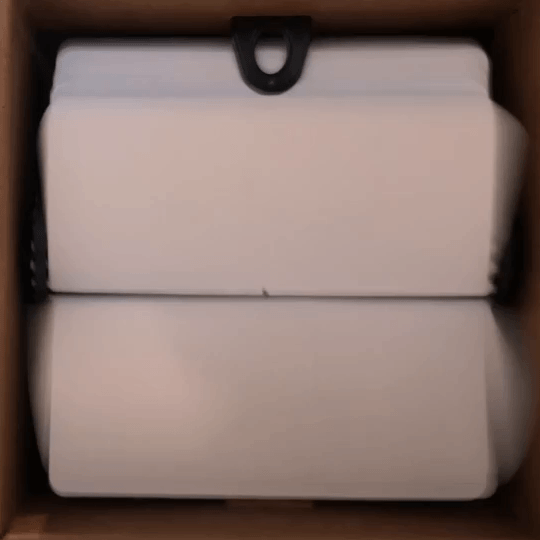
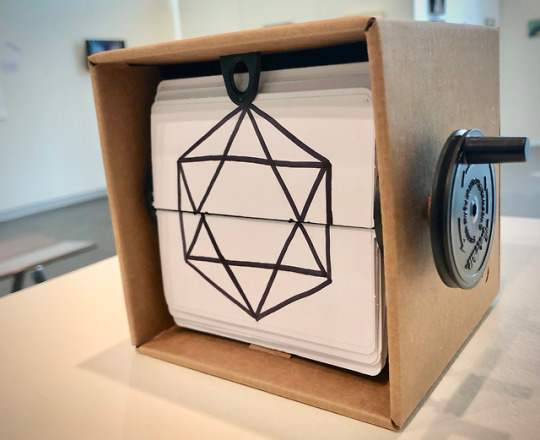
@vaderetroearthgirl and I made a hand-drawn, hand-cranked version of Truncation, showing cross sections of a hypercube.
Check it out in person at the Curfman Gallery.
968 notes
·
View notes
Photo
This is making my brain hurt and I love it.
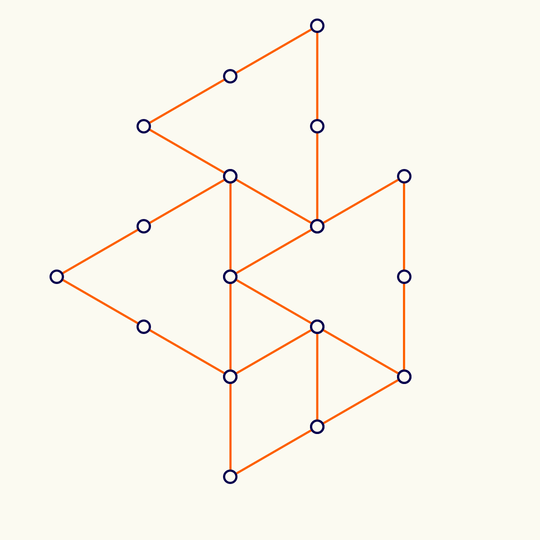
Minimal
(source code)
2K notes
·
View notes
Photo
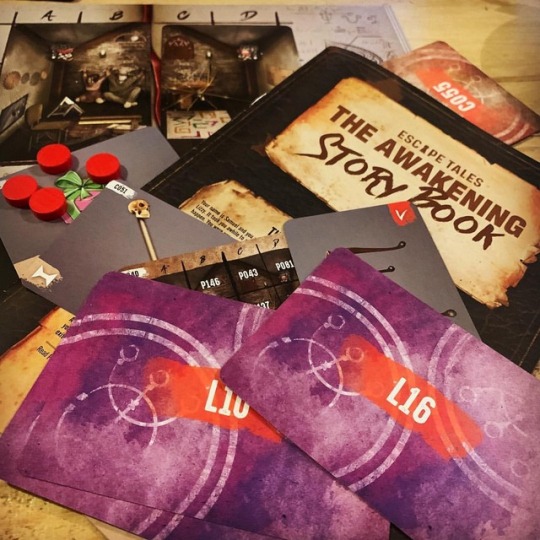
Just finished up Escape Tales: The Awakening... Now need to play it again to see the other endings! 😳 What are you playing this weekend? * * * * * * * * #game #puzzle #puzzlegame #tabletop #tabletopgame the #indiegame #mystery #detective #mysterybox #curious #escaperoom #boardgamegeek #bgg #immersive #escapetales #escapetslestheawakening https://www.instagram.com/p/BvCwamcj8yF/?utm_source=ig_tumblr_share&igshid=fznu8qfjc2n1
#game#puzzle#puzzlegame#tabletop#tabletopgame#indiegame#mystery#detective#mysterybox#curious#escaperoom#boardgamegeek#bgg#immersive#escapetales#escapetslestheawakening
2 notes
·
View notes
Text
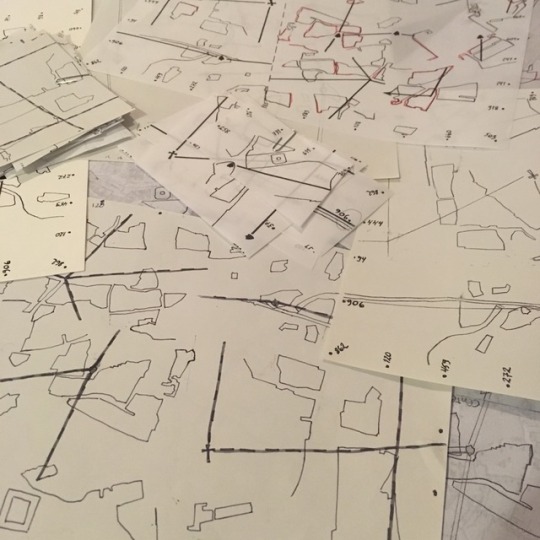
This is what it looks like after multiple drafts going from analog to digital to analog to digital.
#puzzle game#game#puzzle#game development#game art#gamedesign#art#drawing#prototype#prototyping#maps#penandink#sketch
5 notes
·
View notes
Text
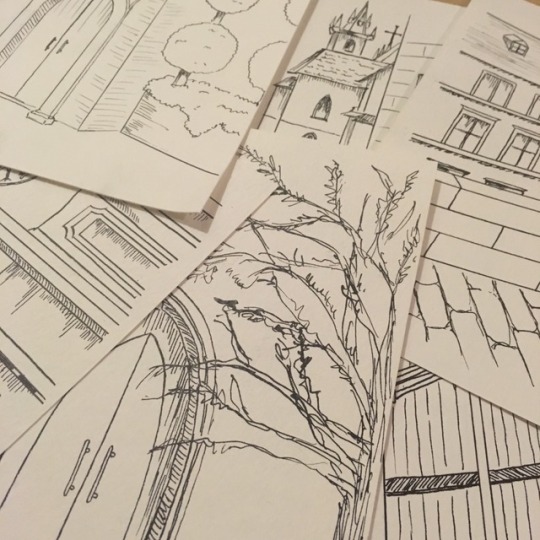
Working on some pen and ink drawings for the new game 😁
#puzzle game#game#puzzle#game development#game art#gamedesign#art#drawing#buildings#architecture#prague#penandink#inkdrawing#illustration
12 notes
·
View notes
Text
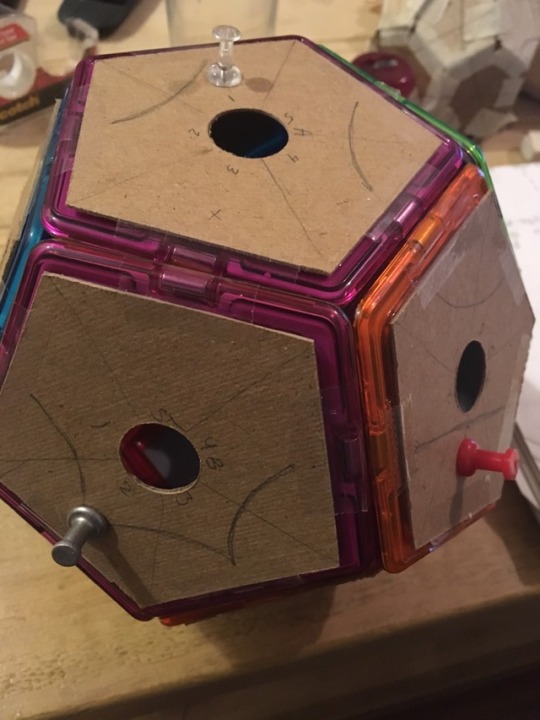
Exploring the many possibilities of this model. So much potential!
#puzzle game#game#puzzle#game development#gamedesign#design#3ddesign#boardgame#boardgames#dodecahedron#magnetic#magnets#toy#geometry#gamedev#prototype#prototyping#craft
2 notes
·
View notes
Text
Working on 2nd prototype of dodecahedron project!
#dodecahedron#puzzle game#game#puzzle#game art#game development#gamedesign#design#cricket#crafts#prototype#prototyping#gamedev#3Ddesign#geometry
2 notes
·
View notes
Text
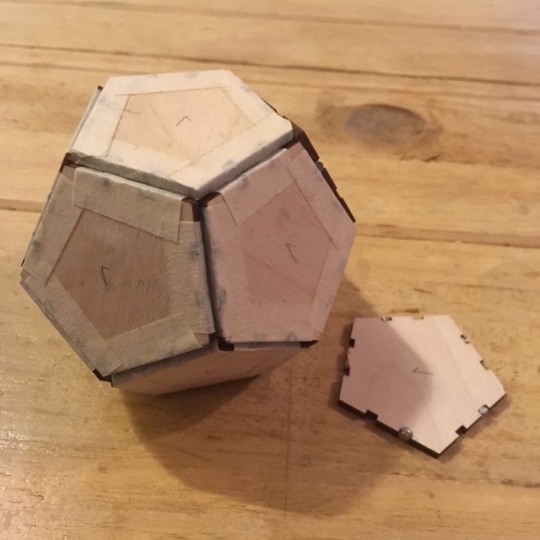
First prototype of a puzzly board game side project 😁
#game#puzzle game#puzzle#game art#game development#gamedesign#wood#wooden#laser#lasercut#lasercutting#dodecahedron#platonicsolids#geometry#magnets#magnetic#prototype#gamedev#model#design#3Ddesign
4 notes
·
View notes
Text
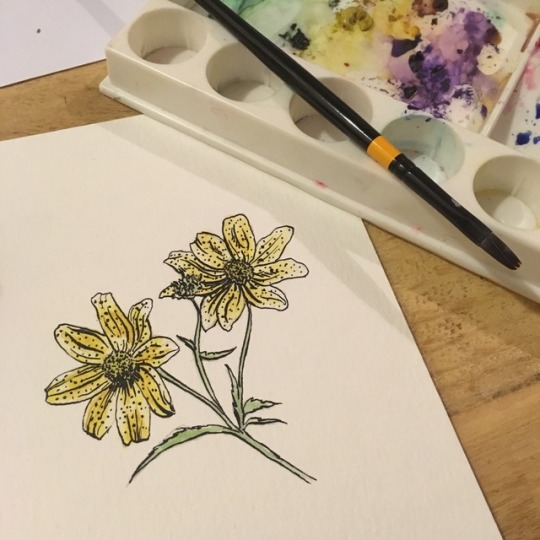
#puzzle game#game#puzzle#game art#game development#drawing#art#gamedesign#flower#flowers#painting#watercolor
4 notes
·
View notes
Text


🔔
#puzzle game#game#puzzle#game art#game development#art#drawing#gamedesign#flower#flowers#bell#bells#watercolor#painting
10 notes
·
View notes
Text

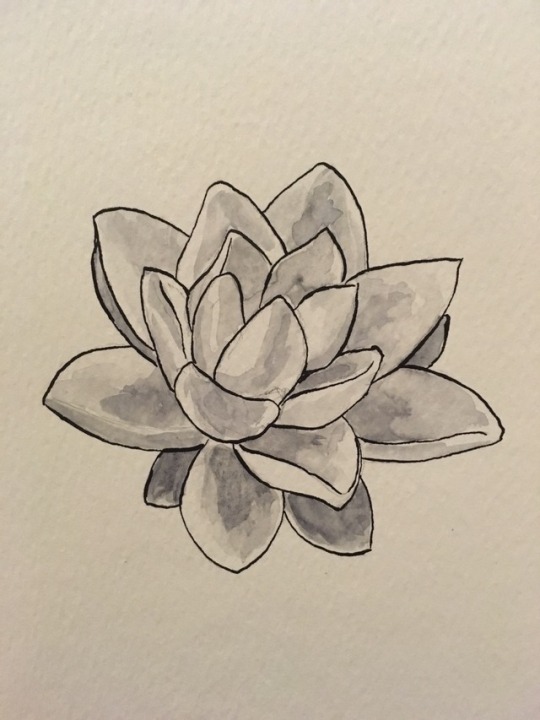

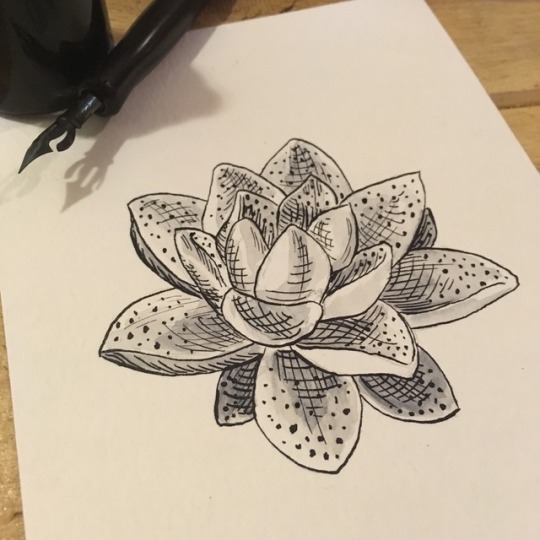
Stages of a “spotty” water lily.
#puzzle game#game#puzzle#game art#game development#art#drawing#gamedesign#flower#flowers#watercolor#painting#waterlily#lily
4 notes
·
View notes
Text


#puzzle game#game#puzzle#game art#game development#art#drawing#gamedesign#flower#flowers#lily#tigerlily#watercolor#painting#yellow
12 notes
·
View notes
Text
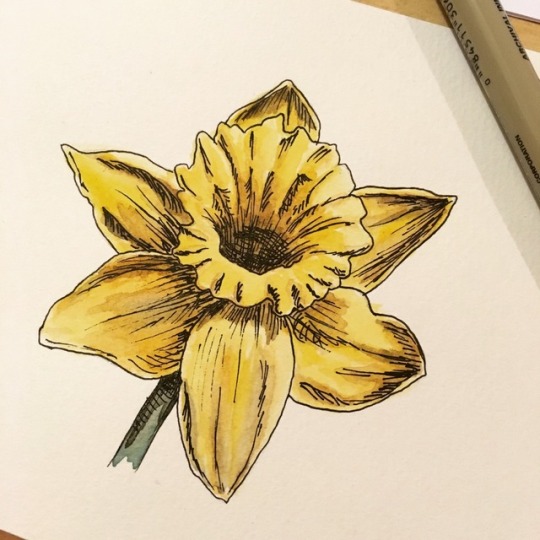
Loving this daffodil
#puzzle game#game#puzzle#game art#game development#art#drawing#gamedesign#flowers#flower#watercolor#painting#daffodil
17 notes
·
View notes
Photo
Woah this is a brilliant idea.
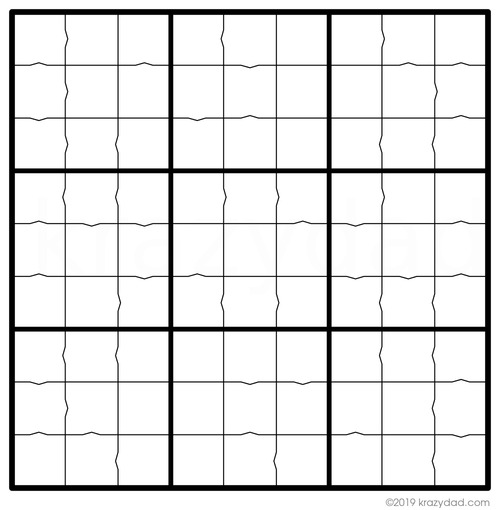
Solve this puzzle at Krazydad
Super-Tough Jigoku
Fill in the blank squares so that each row, each column and each 3-by-3 block contain all of the digits 1 thru 9.
> and < connections between squares indicate that one number is greater than or less than another. If you use logic you can solve the puzzle without making guesses.
Time = Life, Therefore, waste your time and waste of your life, or master your time and master your life.
– Alan Lakein
1 note
·
View note
Text


Purple!
#puzzle game#game#puzzle#game art#game development#art#drawing#gamedesign#flower#flowers#purple#watercolor#painting
18 notes
·
View notes
